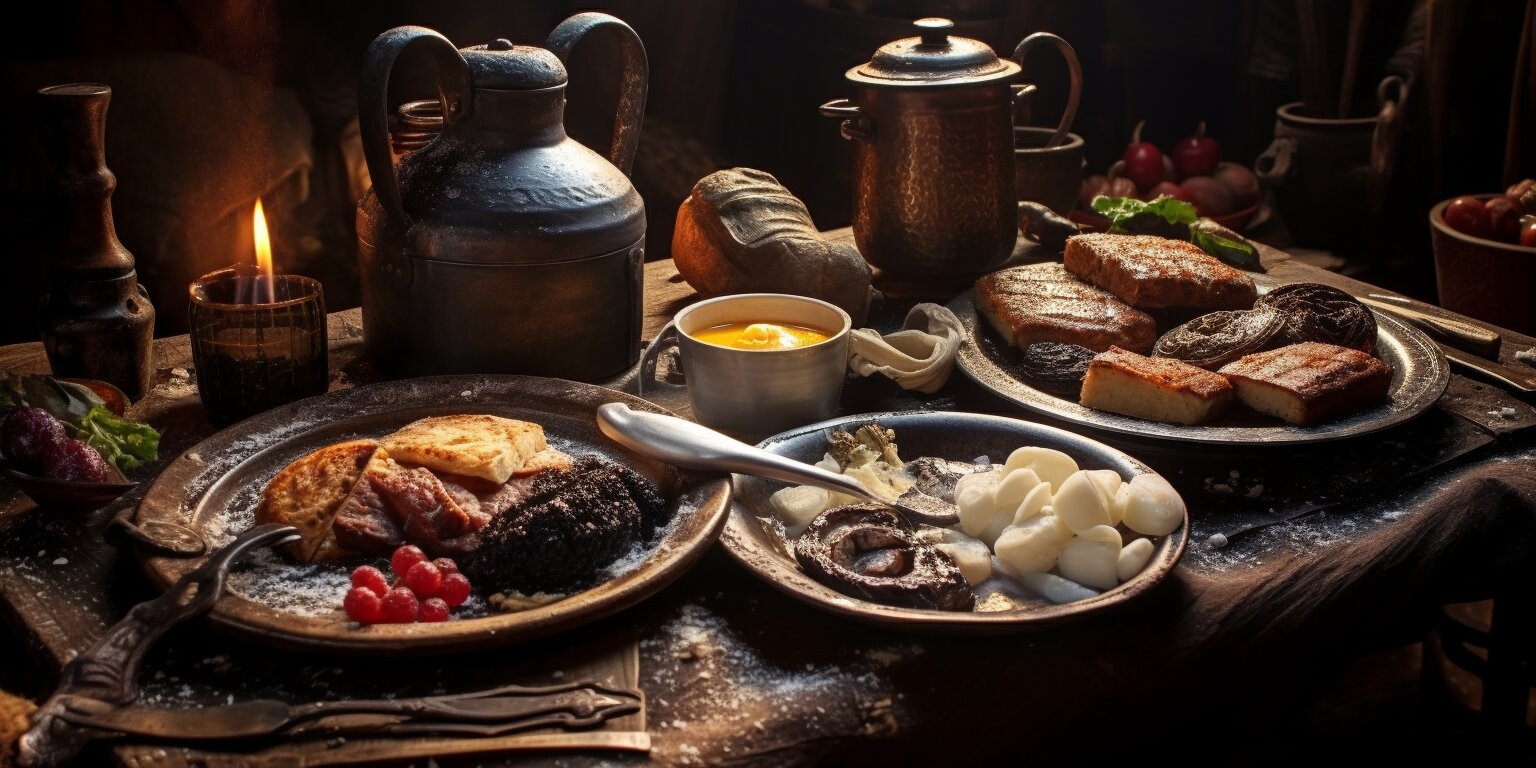justjlm.org – The Vikings, renowned for their seafaring prowess and exploratory spirit, also had a unique culinary culture. Central to their diet were two staples: porridge and mead. These foods not only provided the Vikings with necessary sustenance but also played significant roles in their social and cultural practices.
The Role of Porridge in the Viking Diet
Porridge was a fundamental part of the Viking diet, made primarily from grains like barley, oats, and rye. These grains were cultivated in the challenging Scandinavian climate and were hardy enough to sustain the Vikings through harsh winters. Porridge was versatile, served both as a staple meal and enriched with ingredients like nuts, honey, or dried fruits for variety. It was easy to prepare and provided a dense source of carbohydrates, essential for the energy-demanding lifestyle of the Vikings, who were often engaged in farming, trading, or raiding.
The Significance of Mead
Mead, an alcoholic beverage made from fermented honey, was more than just a drink for the Vikings; it was a symbol of status and a central element in their social rituals. Mead was consumed during feasts and celebrations and was often associated with the gods in Norse mythology, particularly Odin, who was said to have a fondness for the drink. The production of mead required honey, a valuable resource, which made it a luxury item. It was a drink of choice for warriors and nobility, often served in ornate drinking vessels and accompanied by toasts and storytelling.
Cultural and Social Implications
The consumption of porridge and mead was deeply embedded in Viking culture. Porridge represented the everyday sustenance that fueled the Vikings, while mead was a symbol of hospitality and camaraderie. Feasts where mead was served were opportunities for social bonding, negotiations, and even the sealing of alliances. These gatherings strengthened community ties and reinforced social hierarchies.
Conclusion
Porridge and mead were more than mere sustenance for the Vikings— they were integral to their way of life, reflecting both their daily needs and their cultural values. As Viking society evolved, these staples remained a testament to their resilience and adaptability, embodying the spirit of a people who balanced the demands of everyday life with the joys of communal celebration.
